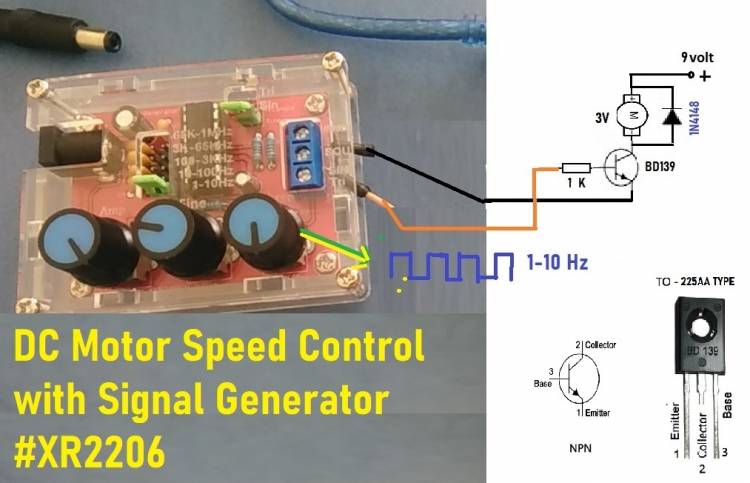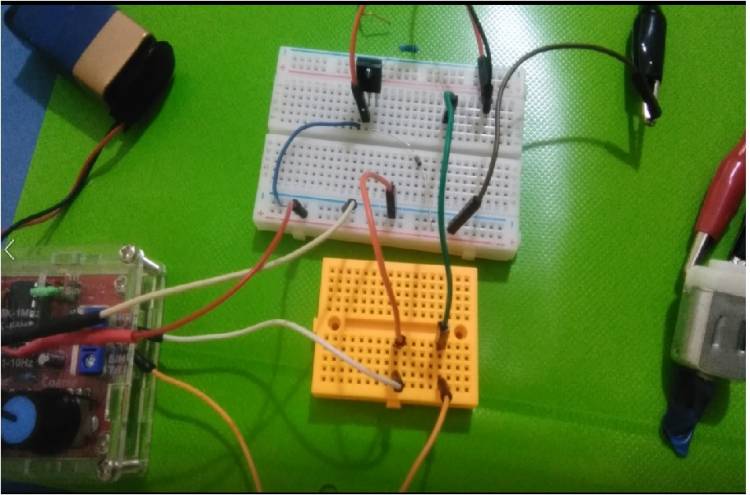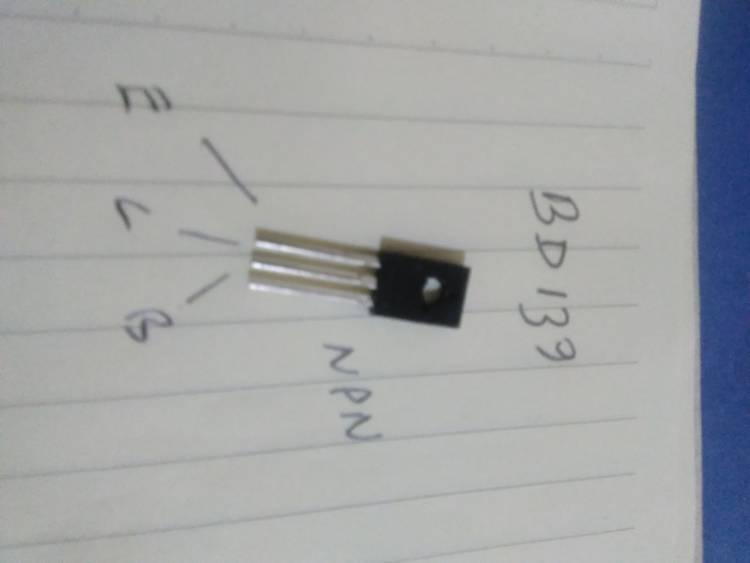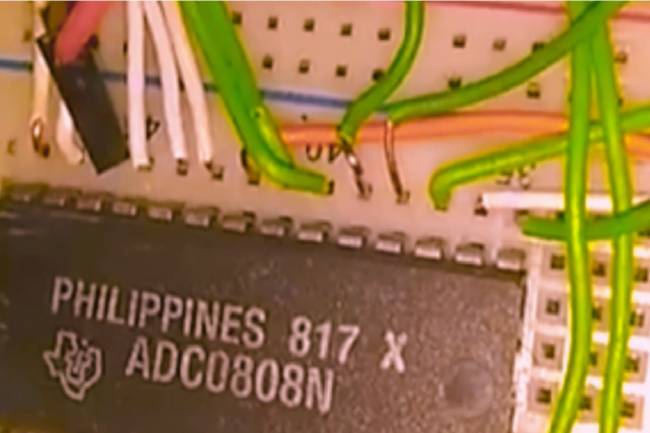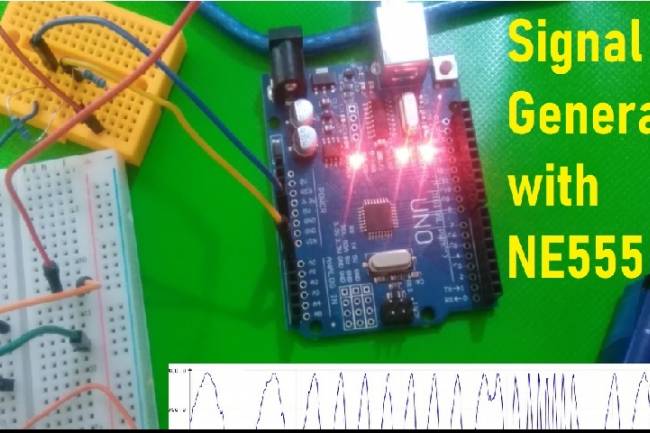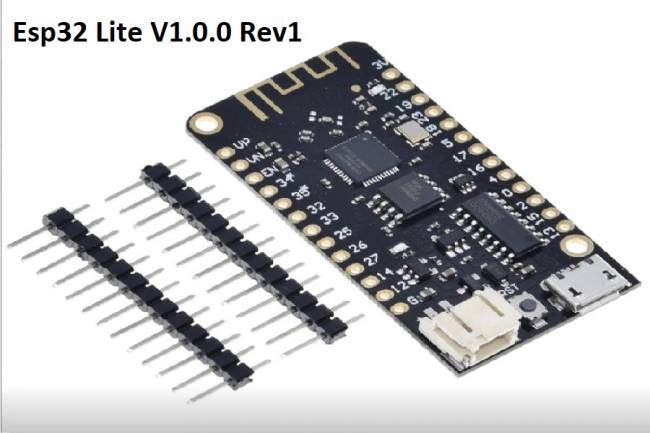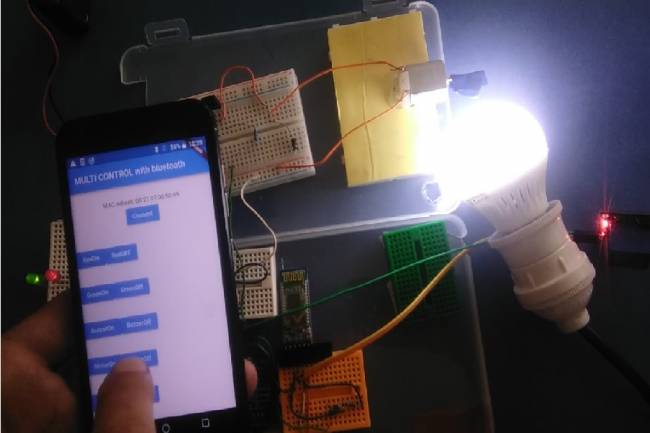DC Motor Speed control with Signal Generator
DC motors are used in many places in daily life. DC motors have many uses such as fans, small and medium-sized conveyor systems, robot applications. Speed control of DC motors used in these systems is also required.
We uploaded the work of the circuit we built on the breadborad to our youtube channel.
Every DC motor has its ideal operating voltage and current. So it has a certain power. One of the important parameters of DC motors is the maximum rotation speed. We can adjust the speed of a motor by the voltage we apply to it. So we actually adjust the current flowing through it.
One way to control motor speed is to apply these voltages intermittently at a constant current-constant voltage. In other words, if we apply a voltage in the form of a variable square wave, we control the speed of the motor.
We made our application with a low power DC motor. We operated the engine, which operates with a voltage in the range of 3-6 Volts, with the BD139 transistor.
Let's get to know the BD139 transistor a little bit.
It is an NPN type transistor that we can draw 1.5 amps of current from the BD139 transistor collector. DC current gain-Hfe is 40. For example; Since 1 milliamperes current flows from the base end, 40 milliamperes current flows through the collector. If the base current is 2 milliamps, the collector current will be 80 milliamps.
Since the engine we use is low-power, the BD139 runs extremely safely. The BD139 transistor must be used with an aluminum heatsink when starting higher power engines.
We connected the signal generator with XR2206 chip, which we assembled before, to the base end of the transistor. We made a square wave adjustment from the pin settings. We applied a square wave signal in the range of 1-10 Hz and then in the range of 10-100 Hz. We saw that the speed of the engine changed.
